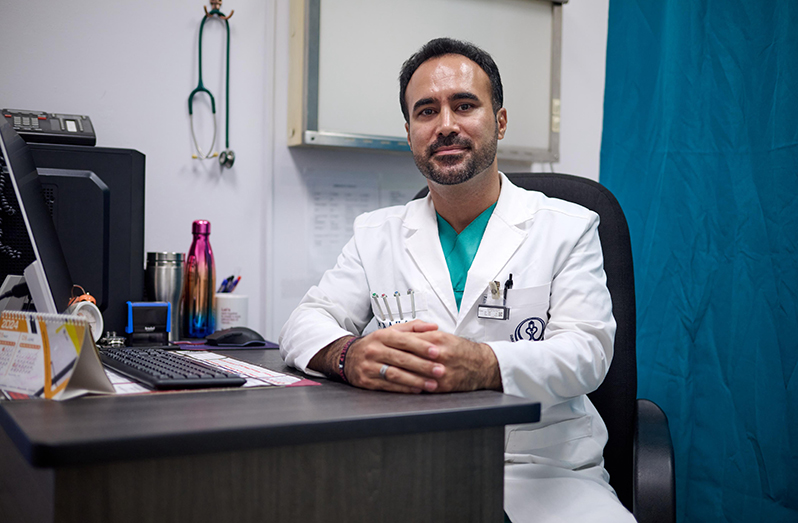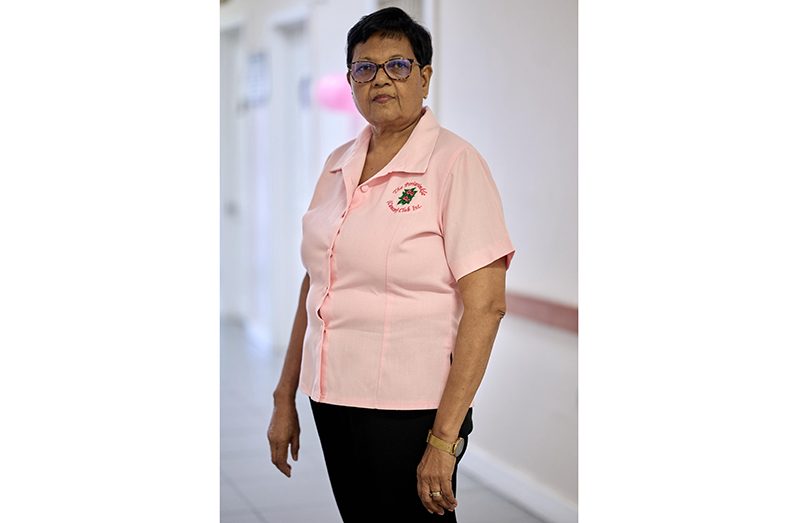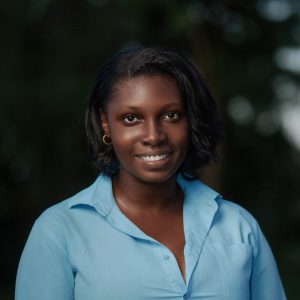WHEN Nandranie “Rita” Singh received her cancer diagnosis in 2007, she felt like her world was crumbling. “I believed, at that time, it was a death sentence,” she recalls. Yet, in the face of fear, great financial strain, and immense physical exhaustion, Rita made a choice: to fight. Over the course of 17 years, she endured numerous surgeries, biopsies, and rounds of chemotherapy, emerging each time with renewed strength and an unshakeable will to survive.
The beginning of a long journey
As Breast Cancer Awareness Month continues, Pepperpot Magazine sat down with another inspiring cancer survivor. Sixty-five-year-old Rita has been fighting cancer for more than seventeen years. Recounting her initial diagnosis, she shared, “I started my journey as a cancer patient in 2007. I went to a private institution, and the doctor there took a biopsy. When it came back three months later, it was positive. The area looked like an orange peel with dimples all around it. The doctor told me my options, but the cost was overwhelming. Right there and then, I broke down,” she said.
Finding strength through treatment
Battling cancer often requires multiple types of treatment, taking a financial, physical, and emotional toll. Rita’s courage and drive to live for her family pushed her through these difficult times. After transferring to a new institution, Georgetown Public Hospital Corporation, and having a life-saving surgery, Rita began a new part of her journey: recovery. “I asked my doctor to transfer me to Georgetown Hospital. I was admitted to the surgical clinic in December 2007 and given a mastectomy. It healed throughout December into January 2008, and in April, I started chemotherapy at Georgetown Hospital. Every session was very difficult, but I persevered because I wanted to get better. It takes a lot of courage to survive.”
Support systems and setbacks
Rita found crucial support through the Periwinkle Foundation, one of Guyana’s oldest and largest NGOs and support groups for cancer survivors. “After chemotherapy, I was sent to do tests, and they showed that I became cancer-free. I was introduced to the Periwinkle Cancer Survivors Club, which was a great support. At the time of going to the Periwinkle Club, I was also doing chemotherapy. I averaged five to six cycles and finished radiation,” she said.

However, her fight wasn’t over. “In 2016, I found another lump. They did another biopsy, but it wasn’t cancerous. From 2016 to 2020, I continued to do checkups, but in 2020, I found another mass. They did a biopsy, and this time, it came back positive. I had to do chemotherapy again, but it cleared,” she said.
The latest battle
Most recently, Rita fought and beat cancer once again, this time in her lung and chest region. “In 2024, it came back again—the same side, near the chest wall and lungs. I couldn’t wait with that diagnosis. I went privately and paid for a biopsy. It came back positive again. This was my second time doing chemotherapy. They transferred me to the Cancer Institute to begin radiation treatment. The cost was huge. I had to seek funding, but I was able to secure some from NIS. They covered 80% of the cost.”
Today, Rita continues to do well, crediting her family, friends at the Periwinkle Foundation, and the team at the Cancer Institute of Guyana for their vital support. “In July, I finished radiation. After that, I did a CT scan, and it cleared, but my doctor was a little worried because he saw something. He told me to do an ultrasound, and it was completely cleared. I was transferred back to the oncology clinic and started hormone therapy because a test showed a hormone problem. So now I’m on hormone medication,” she said.
Expert insights on breast cancer
Dr. Shahrad Hafezi, Clinical Radiation Oncologist at the Cancer Institute of Guyana, has seen hundreds of cancer cases. He emphasises that breast cancer patients have very high rates of survival and remission when detected early. “For breast cancer, early detection can lead to a complete cure, a 100% response. For many types of cancer, we have no chance of getting a complete remission, but for breast cancer, we can.”
The oncologist identifies several risk factors to watch for: “Increasing age, obesity, high exposure to female sexual hormones like estrogen and progesterone, early menopause, late menopause, having never been pregnant, or having the first child at an older age can increase the risk for breast cancer,” he shared.
Breaking misconceptions
Dr. Hafezi addresses common misconceptions about cancer, noting that “Familial history is a high-risk factor for breast cancer. Five to ten percent of all breast cancer patients may have the familial type, which involves very aggressive tumors.” He adds, “Ten to twenty percent of patients usually have excessive emotional stress, especially in the workplace, as part of their history.”
Both Rita and Dr. Hafezi emphasise that cancer is not a death sentence. As Dr. Hafezi concludes, “For stage 1 cancer, the patient will have a chance for a complete cure. For stage 2, the survival rate is between 85-90%. Stage 3 is 60-70%, and for stage 4, the five-year survival rate drops significantly to 20-30%.”



.jpg)








